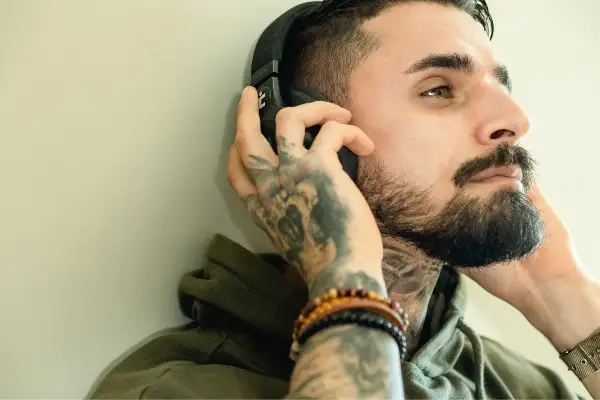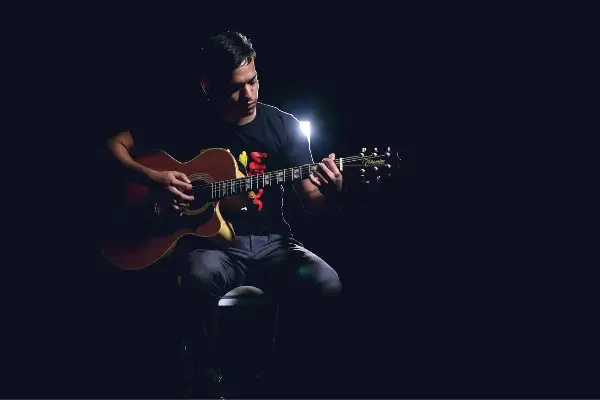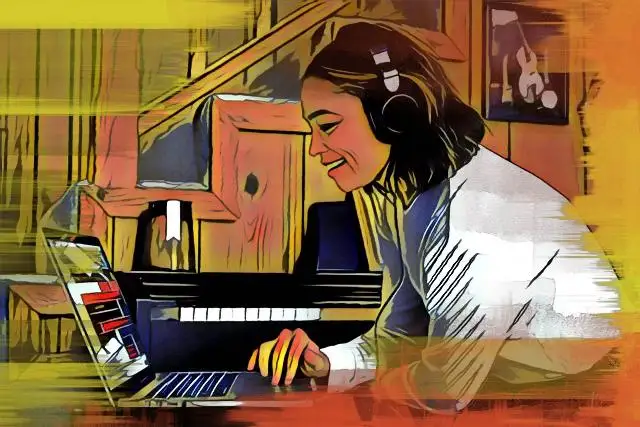Who doesn't love cover songs? Singing someone else's song isn't just a lot of fun, it's also a great way to earn new fans. Listeners may be more likely to take a chance on a new artist singing a song they love, than the same artist's original song upon first listen.
However, before you run to release your cover song, it's key that you understand the ins and outs of legally releasing non-original music. Below, we'll break down everything you need to formally release a cover song.
What Exactly Is a Cover Song?

So, what exactly is considered a cover? A cover is defined as any work that utilizes the same lyrics and melody of the original song. It may be in a different genre than the original song, but it holds to the same melodic and lyrical content of the original piece.
It is not a derivative work. A cover song is not a sample, remix, or interpolation of an original song. Each of these song types comes with its own implications and procedures that must be respected and researched accordingly. Any covers need to be uploaded with the exact title of the original song to be accepted.
Any platforms that allow downloads or the sale of physical copies of a cover song require the preemptive purchase of a mechanical license.
What is Mechanical Licensing?
If you plan on releasing a cover song onto a platform with digital downloads or onto a record in a physical format (such as CDs, tape, or vinyl), you will need to acquire a mechanical license. A mechanical license permits you to release a cover version of a song that utilizes the same lyrics and more or less the same melody of the original recording.
Take note that mechanical licenses are completely different from those needed sampling a song, for instance. In order to clear a sample, you have to undergo a completely different process that involves reaching out to all rights holders individually, settling upfront fees and executing a royalty agreement. The process outlined below should be used only for cover songs.
How To Get a Mechanical License for Cover Songs
For musicians who want to release a cover song on platforms with digital downloads like Amazon Music and iTunes, you'll need to obtain a mechanical license. This also applies to any musician who wants to release a cover song in any physical format.
Keep in mind that this process must be repeated for each distributed territory -- You'll need a license for both the United States and Mexico, for instance, if you distribute to both regions.
In the United States, you'll head to the Harry Fox Agency and make an account. This rights and royalty organization will walk you through securing your license. Once you've made an account, the Harry Fox Agency will redirect you to Songfile to complete the licensing process. Make sure you have the correct information on the original song's rights holders, label, and publishing date for reference.
Here, you'll add the release, and set the amount of copies you'll be creating for your first run of the cover song. You can select a physical, ringtone, download, or streaming license. From there, you can checkout and purchase your license(s) accordingly.
The licenses can then be downloaded and sent to your distributor for upload within your selected territories. As mentioned, the Harry Fox Agency only serves as a mechanical licensing collective in the United States, so if you only get a mechanical license here, you can only distribute the cover song within the United States.
How To Release a Cover Song on Spotify
To release a cover song on Spotify or any other streaming-exclusive platform, you do not need a mechanical license. In these cases, you would upload your release as usual to your distributor, and then check the applicable toggles that indicate that you are uploading an audio-only release of a cover song.
However, if you are planning on uploading your cover song to sites with physicals or digital downloads, you must obtain a mechanical license in the process depicted above. Some independent distributors like Distrokid act as a middle man, simplifying the process through their upload workflow:
Others will require you to obtain licenses for your territories of choice using resources like the Harry Fox Agency.
What About User Generated Content Platforms?
So, what if you want to post a cover version on TikTok, Instagram or YouTube? As discussed below, technically speaking, you need a sync license for any cover version that includes video and accrues revenue generated via royalty payments. YouTube's content ID does this, warranting it a separate section below.
As for platforms like TikTok, Instagram, and other social media platforms where derivative content isn't necessarily monetized, you don't have to worry about showcasing your cover songs. UGC or User Generated Content isn't put in the same class as a cover song, so you're free to create a casual interpretation.
What Happens If I Post a Cover Song Without a License?

Hundreds of musicians upload cover songs to YouTube every day. Technically speaking, each of these parties needs a full sync license in order to release a cover version along with cover videos; but in most cases, this simply doesn't happen.
It typically comes down to the terms of the copyright holder. While some copyright holders may see the benefit in fans or other musicians covering someone else's song, others may deem unlicensed derivative works unworthy.
In short, don't expect to earn any royalties off of cover music posted to YouTube or other social sites. Any monetization will go directly to the music publishers and sound recording owners. In rare cases, a cover song on YouTube may be blocked, or even taken down at the request of the copyright owner. However, this is all fair game unless you've put in the effort of signing sync licenses appropriately.
Cover Song Licensing FAQ
Are you ready to create your own cover for streaming platforms? Consider these commonly asked questions and answers to help jumpstart your journey:
Do you need a license for a cover song?
You need a mechanical license for a cover song if you plan on uploading it to download-focused stores like Amazon Music and iTunes. Otherwise, you can upload your cover song directly to streaming platforms utilizing the exact copyright information provided by the original songwriters and publishers.
How much does it cost to license a cover song?
Cover song licensing costs can vary depending on your licensing territory. In the United States, according to Songfile , the going rate is 12 cents per copy made. Therefore, selling 1,000 CDs that include the cover song would require a payment of $120. Songs that are over five minutes come at a higher rate.
How can I legally use a cover song?
To legally distribute a cover song (via video or physical format), you will need to obtain the necessary additional mechanical licenses. Otherwise, you can distribute a cover song to streaming platforms exclusively, utilizing the copyright information from the rights holders.
In the age of streaming, it's easier than ever to cover your favorite songs on a mass scale. Just remember that if you plan on releasing cover songs onto platforms with physical sales or digital downloads, you'll need to acquire a compulsory mechanical license.
Enjoy creating your own cover versions of your favorite tunes!





